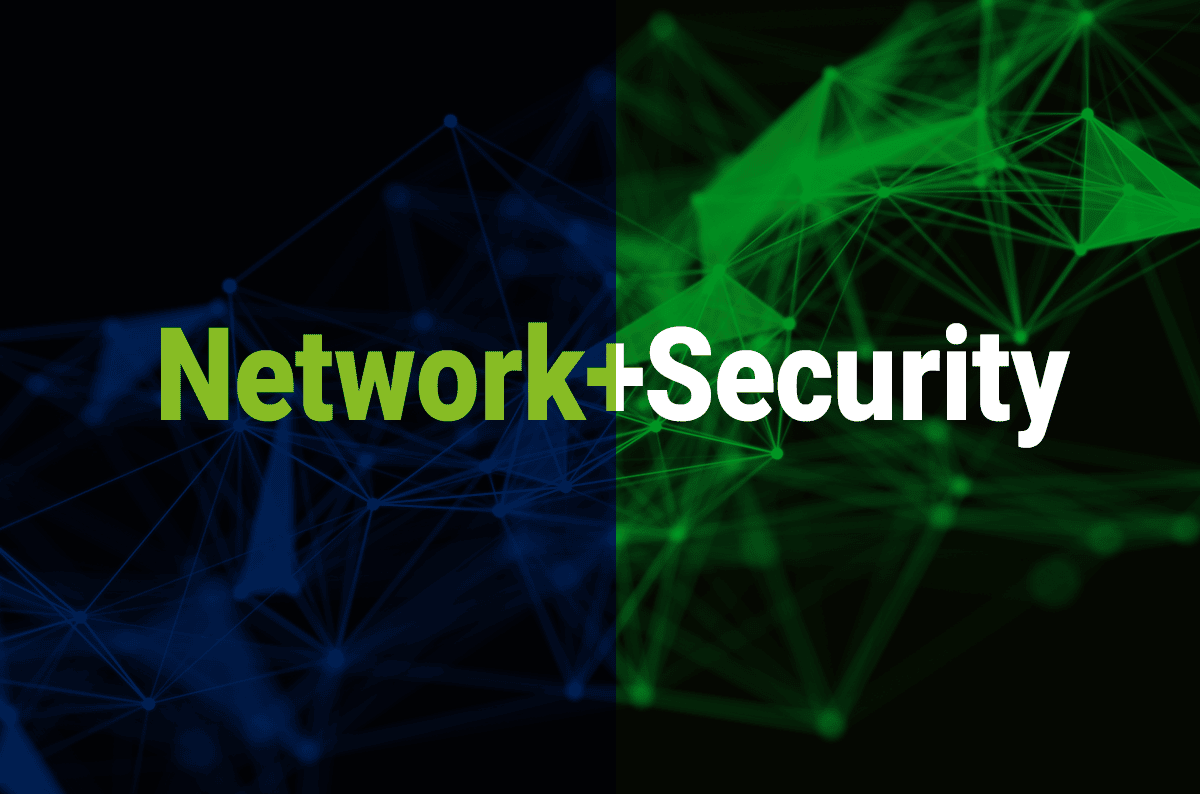Home Archives for Ofir Agasi
- SASE
- Platform
- Platform Architecture
- Core Components
Converged single pass processing, purpose built global cloud service, and open data platform.
- Design Principles
360-degree visibility and control, autonomous life cycle and posture management, gradual low risk deployment, and universal management.
- AI and Machine Learning
AI/ML for threat intelligence and unclassified application identification, ML engines for threat prevention and incident criticality, ML models for device classification, and GenAI for productivity.

- Core Components
- Platform Capabilities
- Platform Features
- Platform Architecture
- Security
- Use Cases
- Customers
- Partners
- Managed Services
- Company
- Resources
- SASE
- Platform
- Platform Architecture
- Core Components
Converged single pass processing, purpose built global cloud service, and open data platform.
- Design Principles
360-degree visibility and control, autonomous life cycle and posture management, gradual low risk deployment, and universal management.
- AI and Machine Learning
AI/ML for threat intelligence and unclassified application identification, ML engines for threat prevention and incident criticality, ML models for device classification, and GenAI for productivity.

- Core Components
- Platform Capabilities
- Platform Features
- Platform Architecture
- Security
- Use Cases
- Customers
- Partners
- Managed Services
- Company
- Resources

Ofir Agasi
Ofir Agasi is the vice president of product management at Cato Networks. Ofir directs Cato’s global product management, knowledge and training, and field CTOs. Prior to joining Cato in 2016, Ofir was a product manager at Check Point Software Technologies where he led several product lines including mobile security, cloud security, remote access, and data protection. Ofir has more than 15 years of expertise in research and development, systems engineering, and product management. Ofir holds a Bachelor of Science (B.S.) in Communication Systems Engineering from Ben-Gurion University of the Negev.

The Future of SASE: Simplifying IT and Securing the Future

The VMware VeloCloud acquisition and the battle for the future of network services

The Carrier Cloud Needs a New Fabric, Not a Patched Cloth

2017: All Engines Go!
Innovate, grow and thrive
With a true SASE platform
With Cato, any organization can reap the full benefits of digital transformation, move at the speed of business, and be ready for whatever’s next.







